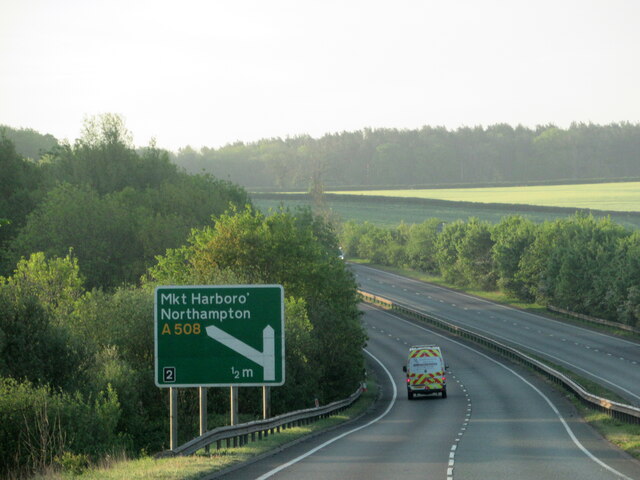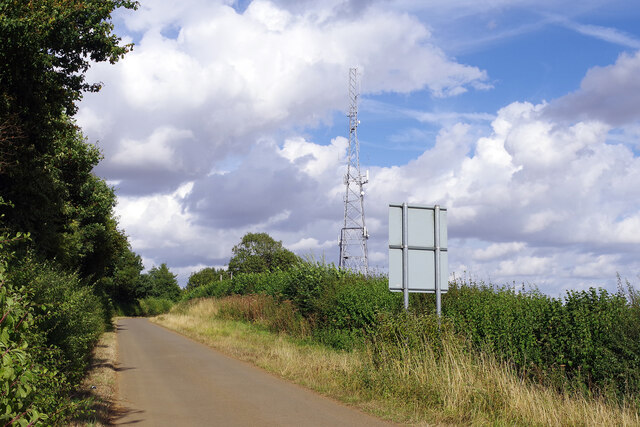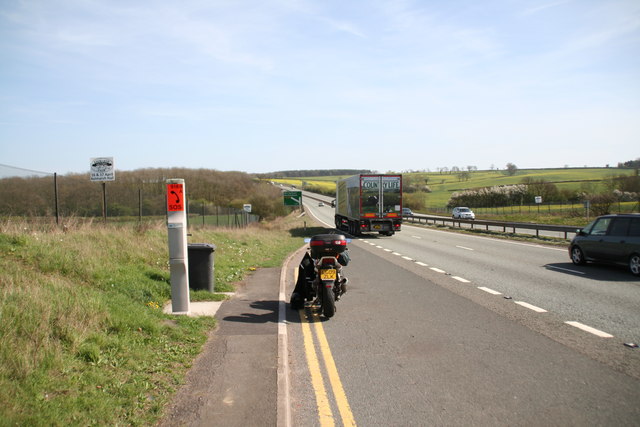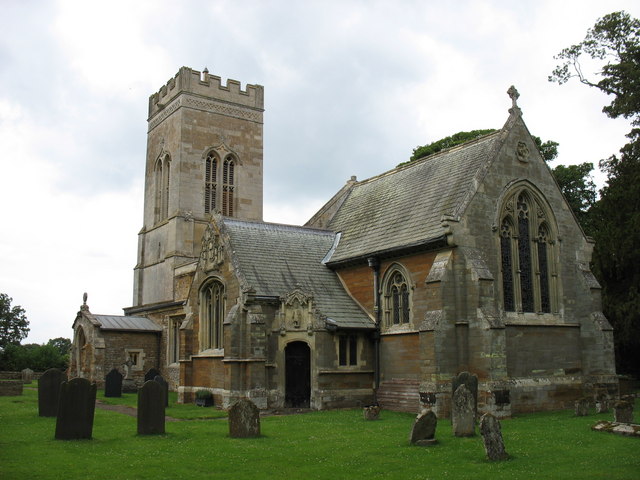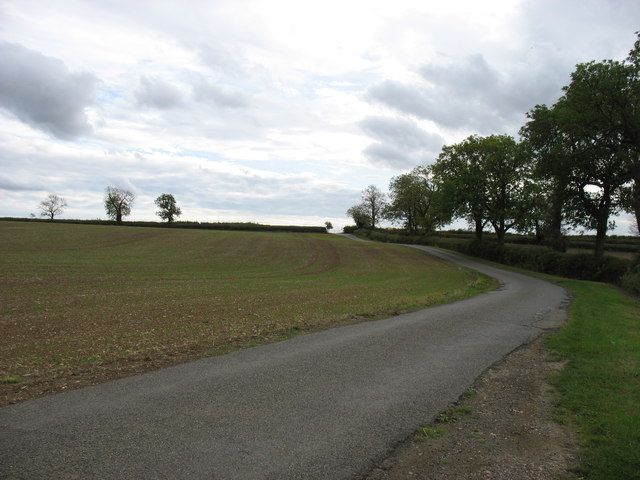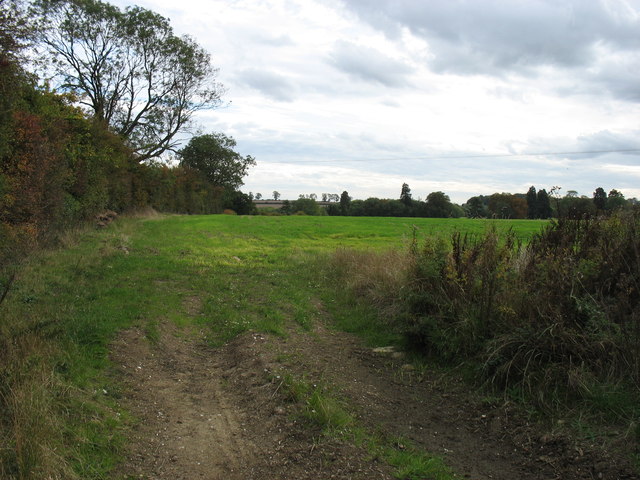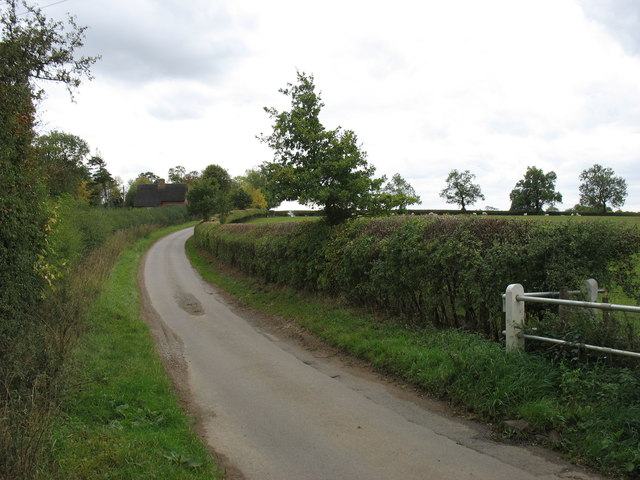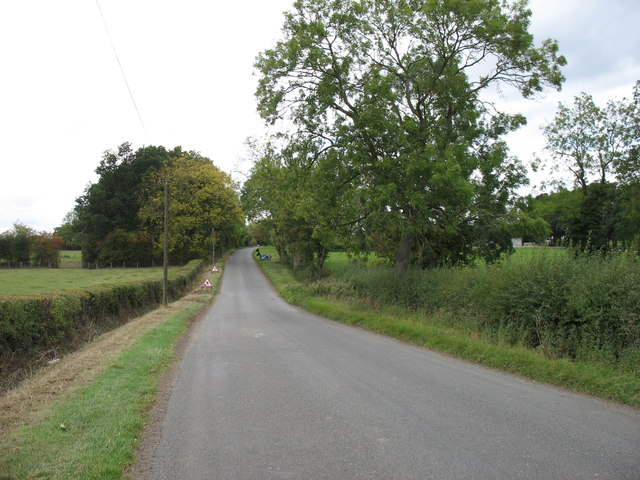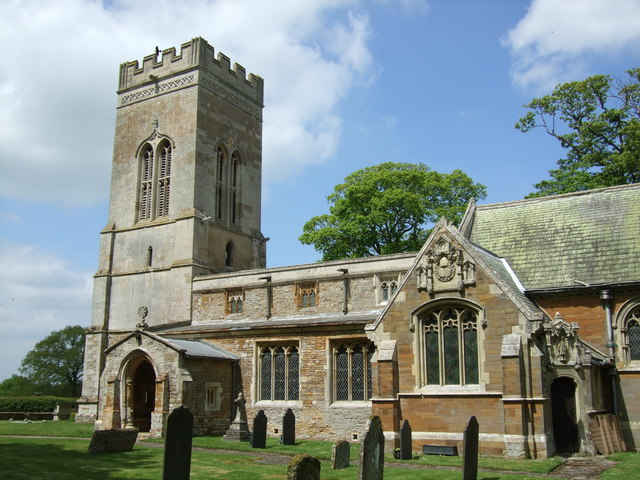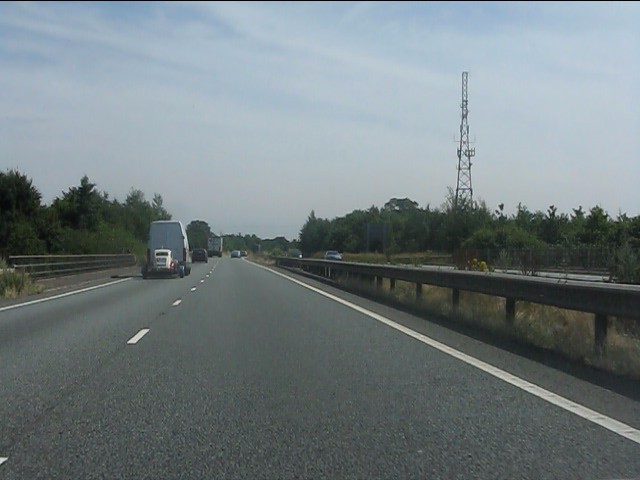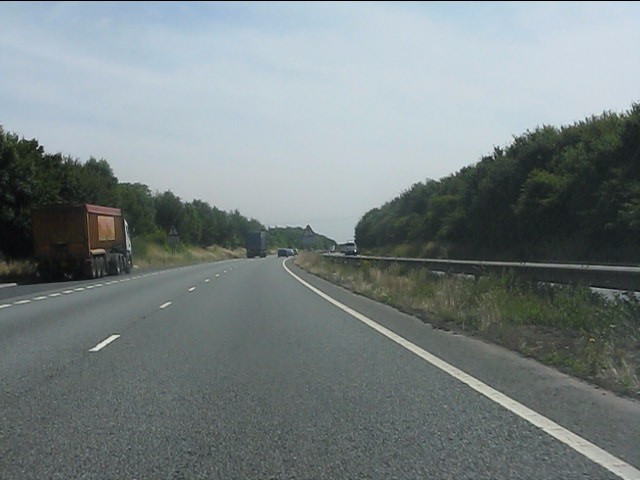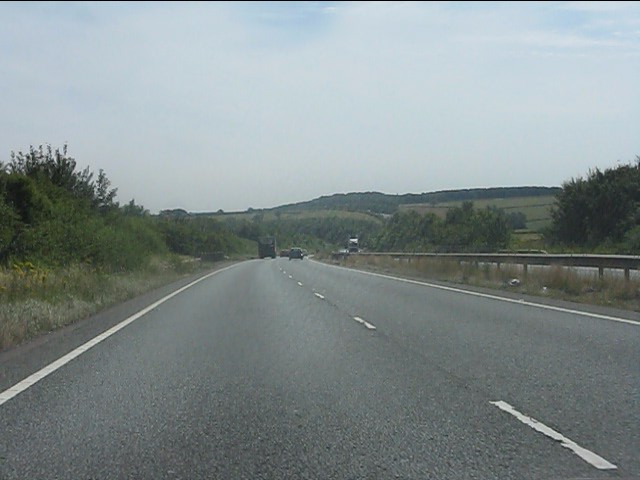Haselbech
Settlement in Northamptonshire
England
Haselbech
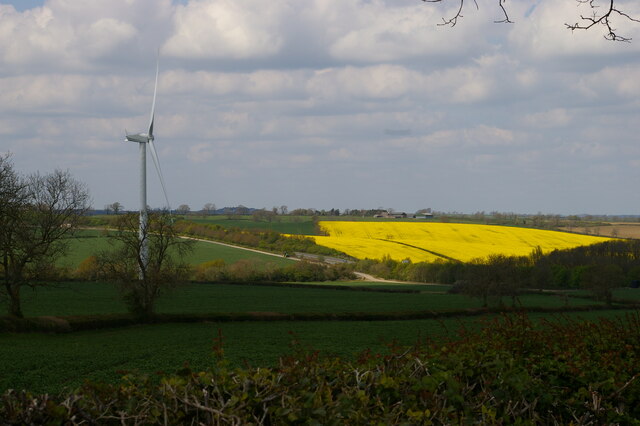
Haselbech is a small village located in the county of Northamptonshire, England. Situated approximately 10 miles northeast of Northampton, it is nestled in the heart of the picturesque Northamptonshire countryside.
The village is known for its tranquil and idyllic setting, with beautiful rolling hills and charming rural landscapes. It is surrounded by farmland and green fields, creating a peaceful and serene atmosphere.
Haselbech has a small population, with just over 100 residents. The village has a close-knit community, and its residents take pride in maintaining the village's traditional character and charm.
One of the notable features of Haselbech is its historic St. Michael and All Angels Church, which dates back to the 13th century. The church is an architectural gem, with its impressive stained glass windows and intricate stonework. It serves as a focal point for the community, hosting regular services and events throughout the year.
In terms of amenities, Haselbech has a village hall that serves as a hub for various community activities and gatherings. The village also has a primary school, offering education to local children.
For those seeking outdoor activities, there are several walking and cycling routes in the surrounding countryside, allowing visitors to explore the natural beauty of the area.
Overall, Haselbech is a peaceful and picturesque village, offering a tranquil escape from the bustle of city life and providing a tight-knit community that values its rural heritage.
If you have any feedback on the listing, please let us know in the comments section below.
Haselbech Images
Images are sourced within 2km of 52.390036/-0.955339 or Grid Reference SP7177. Thanks to Geograph Open Source API. All images are credited.
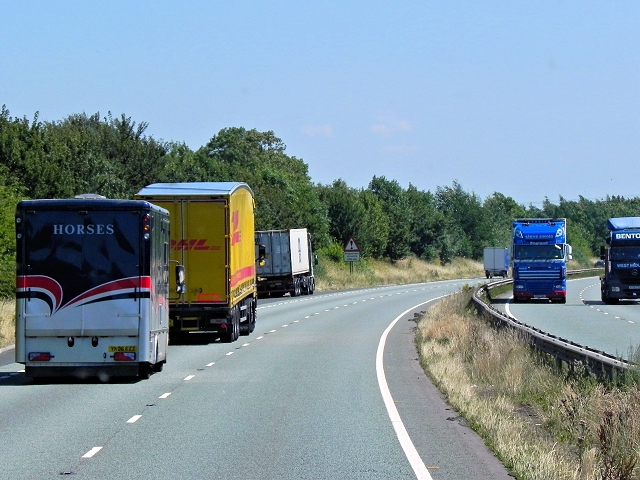
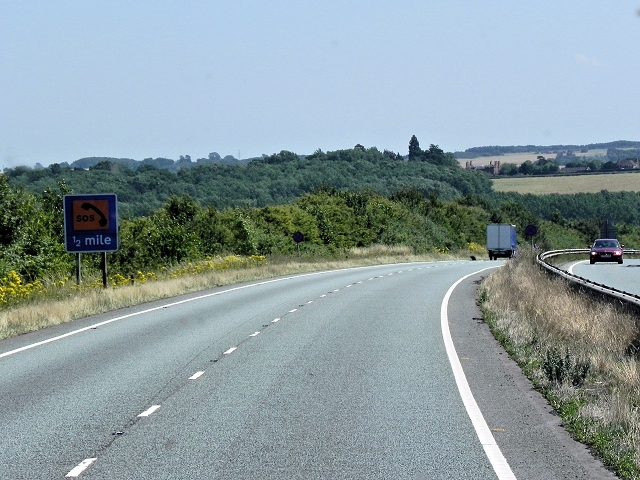
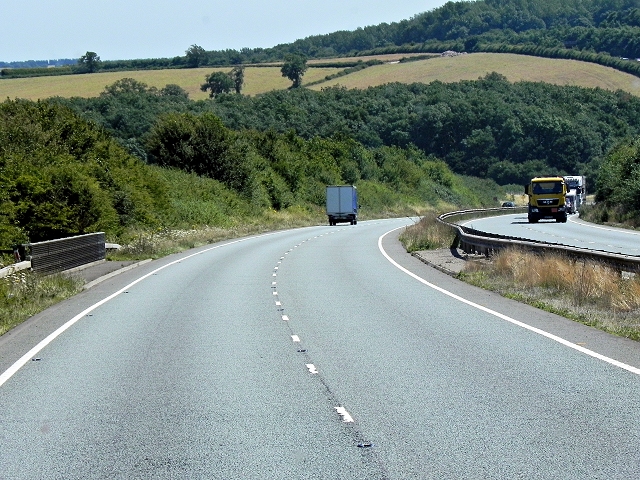
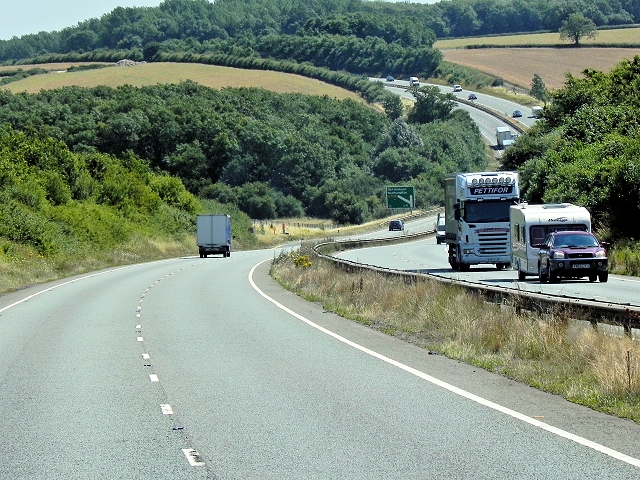
Haselbech is located at Grid Ref: SP7177 (Lat: 52.390036, Lng: -0.955339)
Unitary Authority: West Northamptonshire
Police Authority: Northamptonshire
What 3 Words
///look.retina.punctuate. Near Spratton, Northamptonshire
Related Wikis
Haselbech
Haselbech (Pronounced Hazel-beech) is a village and civil parish in West Northamptonshire in England. At the time of the 2001 census, the parish had a...
Cromwell Cottage, Naseby
Cromwell Cottage is a Grade II listed building that stands on a site on the west side of the High Street, just north of its junction with School Lane,...
Naseby
Naseby is a village in West Northamptonshire, England. The population of the civil parish at the 2011 Census was 687.The village is 14 mi (23 km) north...
All Saints' Church, Naseby
All Saints' Church is an Anglican Church and the parish church of Naseby in Northamptonshire, England. It is a Grade II* listed building and stands at...
Nearby Amenities
Located within 500m of 52.390036,-0.955339Have you been to Haselbech?
Leave your review of Haselbech below (or comments, questions and feedback).
